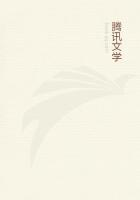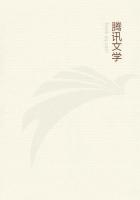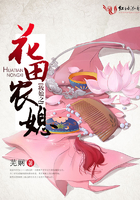It was many years after this that fresh experimentalists, introducing parachutes on new lines and faulty in construction, met with death or disaster. Enough, however, has already been said to show that in the early years we are now traversing in this history a perfectly practicable parachute had become an accomplished fact. The early form is well described by Mr. Monck Mason in a letter to the Morning Herald in 1837, written on the eve of an unrehearsed and fatal experiment made by Mr. Cocking, which must receive notice in due course. "The principle," writes Mr. Monck Mason, "upon which all these parachutes were constructed is the same, and consists simply of a flattened dome of silk or linen from 24 feet to 28 feet in diameter. From the outer margin all around at stated intervals proceed a large number of cords, in length about the diameter of the dome itself, which, being collected together in one point and made fast to another of superior dimensions attached to the apex of the machine, serve to maintain it in its form when expanded in the progress of the descent. To this centre cord likewise, at a distance below the point of junction, varying according to the fancy of the aeronaut, is fixed the car or basket in which he is seated, and the whole suspended from the network of the balloon in such a manner as to be capable of being detached in an instant at the will of the individual by cutting the rope by which it is made fast above."
It followed almost as a matter of course that so soon as the balloon had been made subject to something like due control, and thus had become recognised as a new machine fairly reduced to the service of man, it began to be regarded as an instrument which should be made capable of being devoted to scientific research. Indeed, it may be claimed that, among the very earliest aeronauts, those who had sailed away into the skies and brought back intelligent observations or impressions of the realm of cloud-land, or who had only described their own sensations at lofty altitudes, had already contributed facts of value to science. It is time then, taking events in their due sequence, that mention should be made of the endeavours of various savants, who began about the commencement of the nineteenth century to gather fresh knowledge from the exploration of the air by balloon ascents organised with fitting equipment. The time had now come for promoting the balloon to higher purposes than those of mere exhibition or amusement. In point of fact, it had already in one way been turned to serious practical account. It had been used by the French during military operations in the revolutionary war as a mode of reconnoitring, and not without success, so that when after due trial the war balloon was judged of value a number of similar balloons were constructed for the use of the various divisions of the French army, and, as will be told in its proper place, one, at least, of these was put to a positive test before the battle of Fleurus.
But, returning to more strictly scientific ascents, which began to be mooted at this period, we are at once impressed with the widespread influence which the balloon was exercising on thinking minds. We note this from the fact that what must be claimed to be the first genuine ascent for scientific observation was made in altogether fresh ground, and at so distant a spot as St. Petersburg.
It was now the year 1804, and the Russian Academy had determined on attempting an examination of the physical condition of the higher atmosphere by means of the balloon.
The idea had probably been suggested by scientific observations which had already been made on mountain heights by such explorers as De Luc, Saussure, Humboldt, and others. And now it was determined that their results should be tested alongside such observations as could be gathered in the free heaven far removed from any disturbing effects that might be caused by contiguity to earth. The lines of enquiry to which special attention was required were such as would be naturally suggested by the scientific knowledge of the hour, though they may read somewhat quaintly to-day. Would there be any change in the intensity of the magnetic force? Any change in the inclination of the magnetised needle? Would evaporation find a new law? Would solar rays increase in power? What amount of electric matter would be found? What change in the colours produced by the prism? What would be the constitution of the higher and more attenuated air? What physical effect would it have on human and bird life?
The ascent was made at 7.15 on a summer evening by M. Robertson and the Academician, M. Sacharof, to whom we are indebted for the following resume of notes, which have a special value as being the first of their class. Rising slowly, a difference of atmosphere over the Neva gave the balloon a downward motion, necessitating the discharge of ballast. As late as 8.45 p.m. a fine view was obtained of the Newski Islands, and the whole course of the neighbouring river. At 9.20 p.m., when the barometer had fallen from 30 inches to 23 inches, a canary and a dove were dismissed, the former falling precipitately, while the latter sailed down to a village below. All available ballast was now thrown out, including a spare great coat and the remains of supper, with the result that at 9.30 the barometer had fallen to 22 inches, and at this height they caught sight of the upper rim of the sun. The action of heart and lungs remained normal. No stars were seen, though the sky was mainly clear, such clouds as were visible appearing white and at a great height. The echo of a speaking trumpet was heard after an interval of ten seconds. This was substantially the outcome of the experiments. The practical difficulties of carrying out prearranged observations amid the inconvenience of balloon travel were much felt. Their instruments were seriously damaged, and their results, despite most painstaking and praiseworthy efforts, must be regarded as somewhat disappointing.

